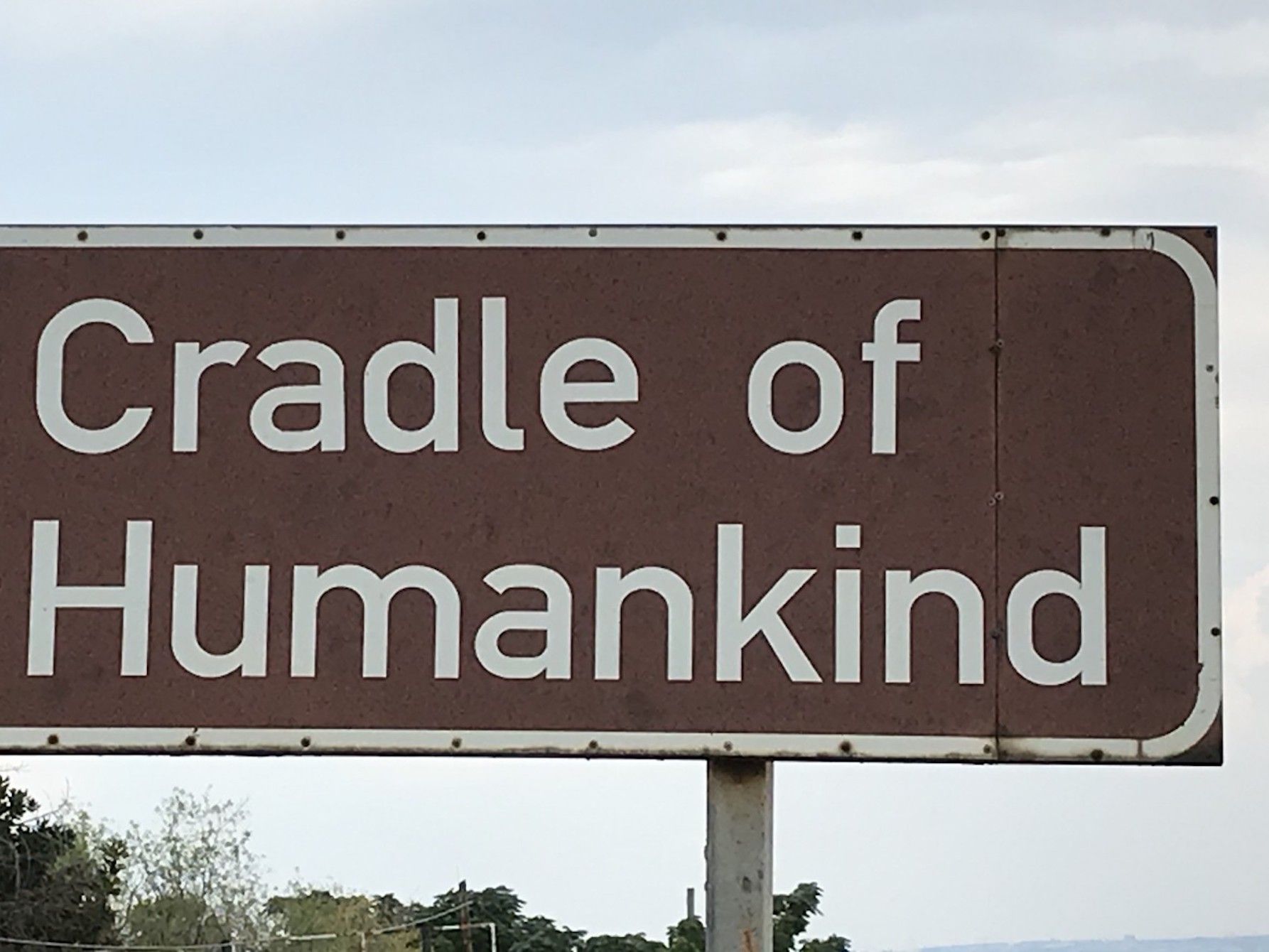Ellen M. Wood, The Origin of Capitalism: A Longer View (London and New York: Verso, 2002).
Giovanni Arrighi, “The Three Hegemonies of Historical Capitalism,” in Gramsci, Historical Materialism and International Relations, ed. Stephen Gill (Cambridge: Cambridge University Press, 1993), 148–185.
Edward Keene, Beyond the Anarchical Society: Grotius, Colonialism and Order in World Politics (Cambridge: Cambridge University Press, 2002), 54–56.
Mohamed Adhikari, The Anatomy of a South African Genocide: The Extermination of the Cape San Peoples (Cape Town: UCT Press, 2011).
ESKOM was originally founded in 1923 as ESCOM, for Electricity Supply Commission, and was also called EVKOM for the Afrikaans Elektrisiteitsvoorsieningskommissie. In 1987 the name was changed by combining these two acronyms into ESKOM. I use ESKOM in this text as that is what it is known as today.
The idea of conservation inherent to these parks was informed by a human-nature binary that is deeply entrenched in the Anthropocentric worldview of white nationalism, in which Blacks and nature were interchangeable.
South Africa is the eleventh-highest emitter of carbon dioxide in the world, with a carbon intensity higher than any of its BRIC partners due to its use of coal in power generation.
James D. Lewis-Williams, San Rock Art (Auckland Park: Jacana Press, 2011).
Michael Godby, The Lie of the Land: Representations of the South African Landscape (Cape Town: Iziko Michaelis Collection, 2010).
Walter Benjamin, On Photography (London: Reaktion Books, 2015).
Darren Newbury, Defiant Images: Photography and Apartheid South Africa (Pretoria: Unisa Press, 2009).
Susan Sontag, Regarding the Pain of Others (London: Penguin Books, 2003).
